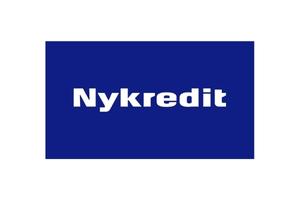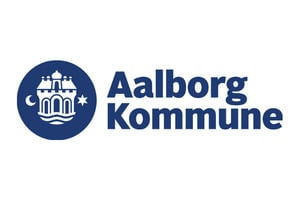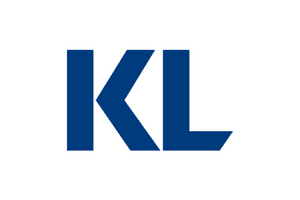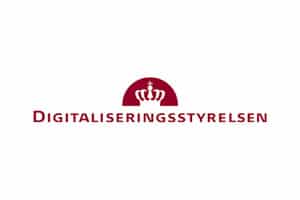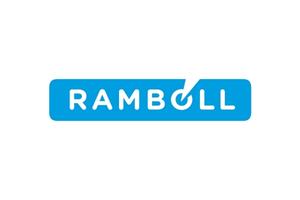What are the benefits of visioning processes?
There are several good reasons why your organization should formulate a vision. Research suggests that there are solid benefits to having a vision.
It can motivate and engage employees by acting as a shared agreement that unites the organization around a common dream to be realized.
Vision can play a crucial role when organizations need to implement major changes because it can help set a clear direction for what the organization should be moving from and to.
And finally, a vision can help position your organization as a progressive, development-oriented organization that constantly strives to do a little better today than yesterday.
Visioning process checklist
When conducting a visioning process in your organization, there are several points to keep in mind regarding the content of the vision. They all stem from the understanding of what a vision is: "The organization's picture of the desirable, long-term future." There are three words in that definition that are particularly worth dwelling on: "desirable", "future" and "image".
1) The vision must be desirable. In practice, this means that the vision must be worth striving for; it must be motivating for those who will contribute to achieving it.
2) The vision must be future-oriented. It should be about the desirable future that is within sight but still out of reach.
3) Finally, the vision must be pictorial. The word "vision" comes from the Latin words "videre" meaning "to see" and "visio" meaning "sight". In other words, the vision is visual; it should create images of the desirable future.

